Splanchnology. Internal organs of man - structure, functions, pictures
Digestive system

- The threshold of the mouth
- Sky
- Language
- Glands of the mouth
- Pharynx
- Esophagus
- Stomach
- Duodenum
- Colon topography
- Cecum
- Colon
- Rectum
- Liver
- Gallbladder
- Pancreas
- Peritoneum
- Development and age features of the digestive system
Respiratory system
- Outer nose
- The nasal cavity
- Larynx
-

- Cartilage of larynx
- Connections of the larynx cartilage
- Muscles of the larynx
- Laryngeal cavity
- Trachea and main bronchi
- External structure of the lungs
- Internal structure of the lungs
- Bronchopulmonary segments
- Border of the lungs
- Pleura
Genitourinary system
Male sexual organs
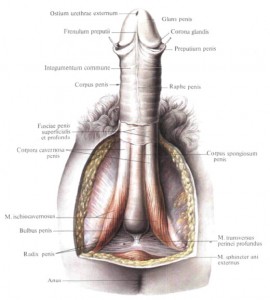
- Male sexual organs
- Testicle
- Vesicular duct
- Seed cords
- Seminal vesicles
- Prostate
- Bulbourethral glands
- Penis
- Male urethra
- Peritoneum cavity of small pelvis of male
- Scrotum
Female genital organs
- Female genital organs
- Ovaries
- The fallopian tubes
- Ovarian appendages
-
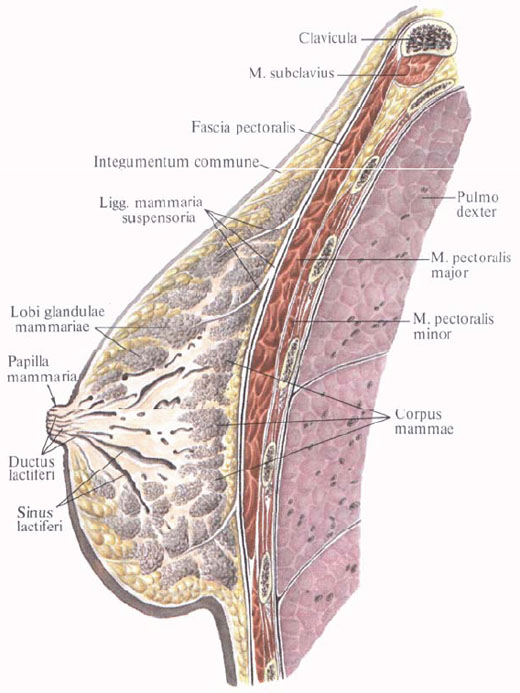
- Uterus
- Vagina
- Large labia
- Small labia
- The vestibule of the vagina. Large glands of the vestibule
- Clitoris
- Bulb of vestibule vestibule
- Peritoneum cavity of the small pelvis of a woman
- Development and age specific features of the urogenital organs
- Crotch
- Diaphragm of the pelvis. Muscles of the diaphragm of the pelvis
- Fascia of the pelvis
- Genitourinary diaphragm
- Muscles of the urogenital diaphragm
- Breast
Endocrine glands
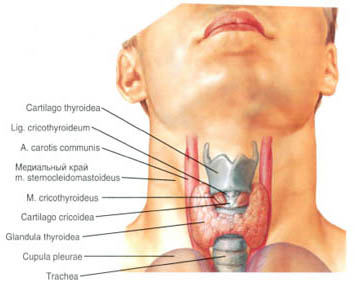
- Thyroid
- Epithelial body
- Thymus
- Pancreas - endocrine part
- Adrenal glands
- Paraganglia
- Sex glands
- Pituitary
- Pineal gland
- Endocrine glands - development and age features
Internal organs of man
The internal organs of a person , viscera (viscus, s. Splanchna - the interior), are called organs located mainly in the cavities of the face, neck, chest, abdomen and pelvis, providing metabolic processes with the environment and performing plant functions: nutrition, respiration, excretion and reproduction . The internal organs of man are combined into systems according to functional, topographic and genetic characteristics. Each body has a special structure and functions, and together with other bodies of this system participates in the performance of its general function.
Human anatomy internal organs.
The internal organs of man are divided into systems: digestive, systema digestorium; Respiratory, systema respiratorium; Urinary, systema urinarium; Sexual, systema genitalium. The urinary and reproductive systems, in view of anatomical and topographic proximity, are united in the urogenital apparatus, apparatus urogenitalis.
Some organs are part of different systems. So, for example, pharynx, pharynx, is the organ of both the digestive and respiratory systems, and the male urethra masculina, is part of the urinary system and simultaneously refers to the reproductive system.
The structure of a person is internal organs.
Common to all systems is the presence of tube-shaped or other forms of hollow organs lined internally with a mucosa, tunica mucosa, which is covered with epithelium and consists of a lamina propria, and a muscular plate, lamina muscularis. In the thickness of the mucous membrane lies a multitude of different glandulee glands, the secret of which is secreted into the cavity of the organs. Outside the mucosa is the submucosa, tela submucosa, and then - the muscular membrane. In most organs, the muscular membrane is formed by a smooth muscle tissue. Outside, the hollow organs can be covered with a serous membrane, tunica serosa, or an adventitia (fibrous) membrane, tunica adventitia (fibrosa). Between the muscular and serous membranes there is a subserous base, tela subserosa.
These layers in each organ have individual morphological features, which is determined by the function and arrangement of the organ.
In addition to the hollow organs, the intestines are those that are formed by the parenchyma, parenchima, a specific tissue that performs the basic function of the organ, and the stroma, stroma, a supporting tissue that provides fluid transport to the parenchyma cells and contains nerves and vessels. A stroma can divide an organ into lobes, lobi, and lobules, lobuli. Such organs are called parenchymal (lungs, liver, kidneys, etc.). Most of the parenchymal organs are glands, glandulae, which produce secretions. There are glands that do not have ducts (endocrine glands), and glands that have ducts (exocrine glands). The latter in their structure are divided into simple, branched, complex, alveolar, tubular and mixed (tubular-alveolar) glands.
The functions of the internal organs of a person are closely related, and their division into systems is very conditional.
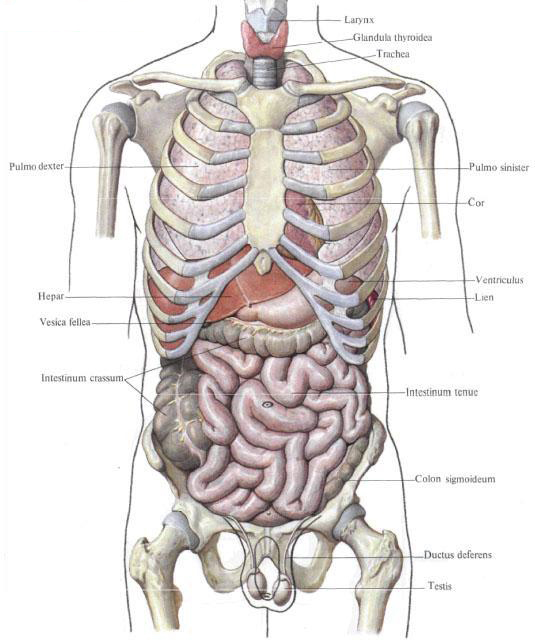
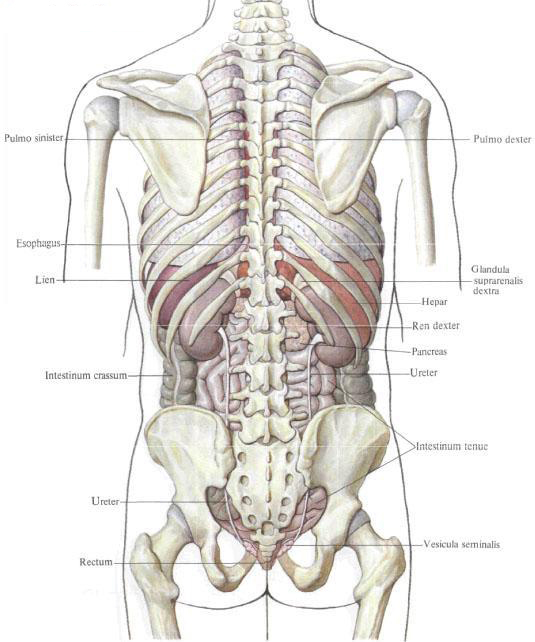

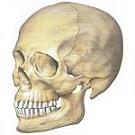
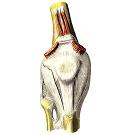
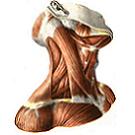
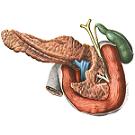
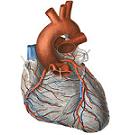

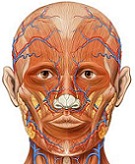

Comments
When commenting on, remember that the content and tone of your message can hurt the feelings of real people, show respect and tolerance to your interlocutors even if you do not share their opinion, your behavior in the conditions of freedom of expression and anonymity provided by the Internet, changes Not only virtual, but also the real world. All comments are hidden from the index, spam is controlled.